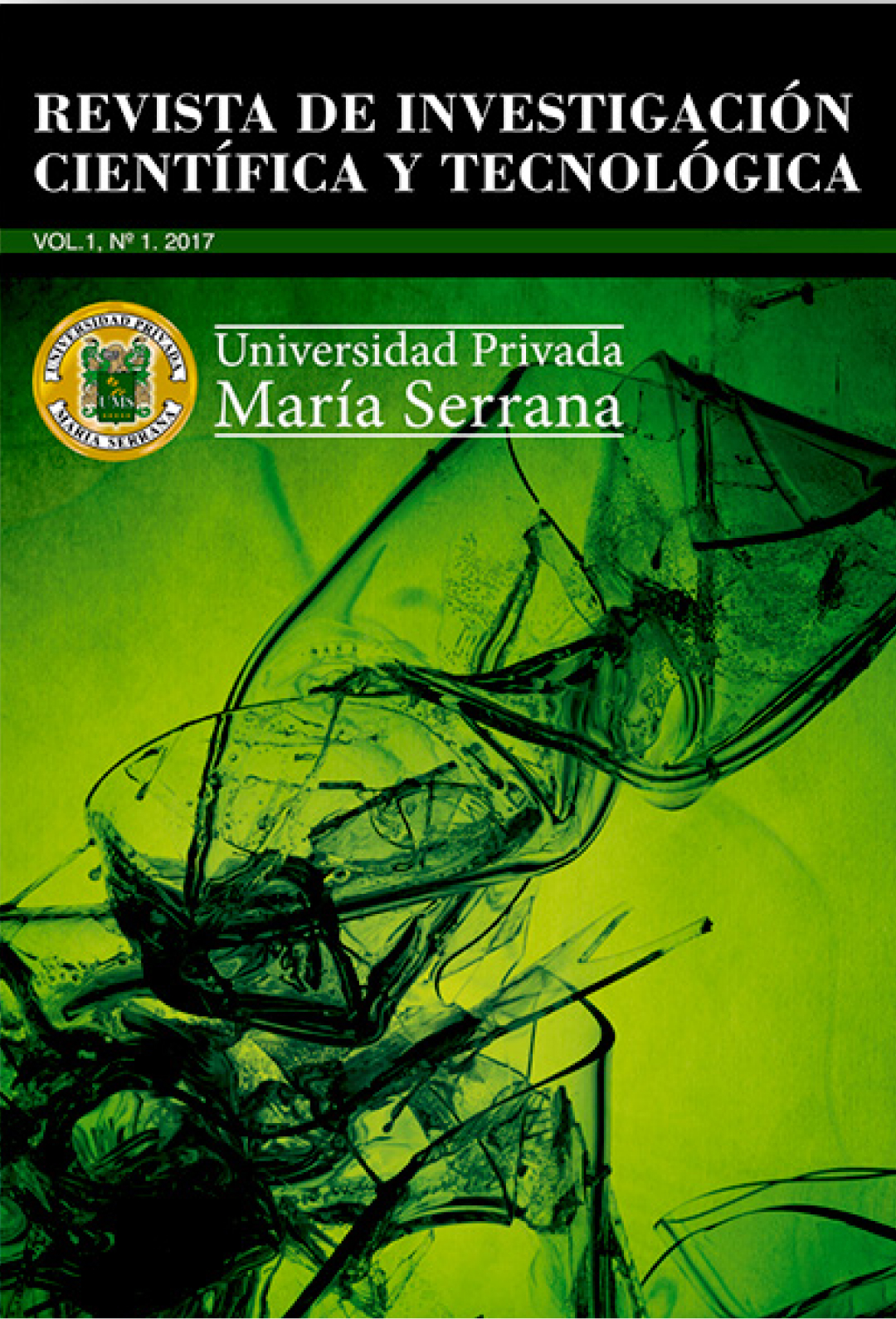Resumen
Las revistas científicas constituyen un medio de transferencia del conocimiento e información científica sobre los avances de las ciencias y la tecnología, permitiendo la difusión de resultados de investigación, reflexiones y análisis sobre determinadas áreas del conocimiento. La Universidad Privada María Serrana de Asunción se complace en publicar su primera revista de carácter científico, Revista de Investigación Científica y Tecnológica, instrumento creado para la divulgación de trabajos originales e inéditos provenientes de la investigación en distintas disciplinas por parte de investigadores, docentes, estudiantes y académicos que encuentran en este medio una alternativa para comunicar y difundir nuevos conocimientos.

Esta obra está bajo una licencia internacional Creative Commons Atribución 4.0.
Derechos de autor 2020 Revista de Investigación Científica y Tecnológica

